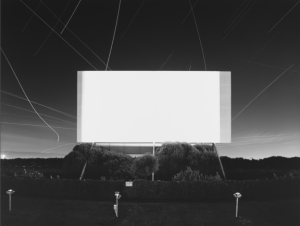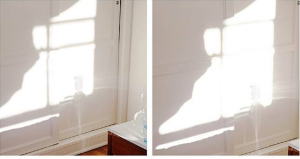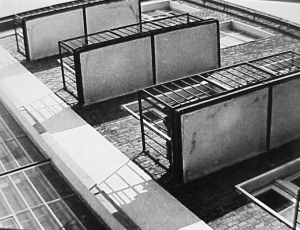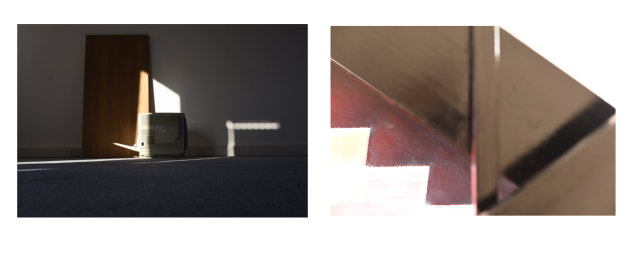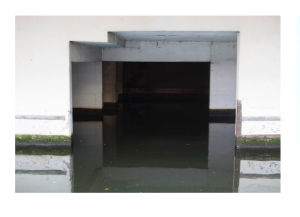Informing Contexts
Week 4 Reflections, MA Falmouth University
There is a regular disjoint between subject, photographer and viewer. Subjects can manipulate and be manipulated, photographers are regularly making choices which are significant to the way a viewer perceives an image. Devoid of an understanding and a passage of data between all parties can invite this disjoint.
There are three tiers to consider when dealing with the making of an image, firstly the subject who, if it is human, responds and reacts to the camera and the instructions delivered from the photographer. In the ‘pose’ there is a response to ‘image conditioning’, the self conscious but also expectation conscious case for the camera is struck, steeped in expectation, in cliche, in power, culture, ethnicity, climate, fashion. The pose so often will conform to behavioural norms. Barthes provides us with a description of the effort to strike the pose: “I don’t know how to work on my skin from within. I decided to let it drift over my lips and in my art is a faint smile which I mean to be indefinable in which I might suggest along with the qualities of my nature my amused consciousness of the whole photographic ritual”. R Barthes, 1993 Camera Lucida.
The second tier is the photographer who is also struck by conscious image conditioning, knowing the subject is posed in the context of that moment of existence and that as the image maker she/he is deliberating over the need to arbitrate between the subject, the technology to hand and the image that will ensue. John Szarkowski reminds us “Photography is a contest between a photographer and the presumptions of approximate and habitual seeing. The contest can be held anywhere…” and he goes on to describe the meaning and patterns in composing “To quote out of context is the essence of the photographer’s craft. His central problem is a simple one: what shall he include, what shall he reject? The line of decision between in and out is the picture’s edge. The photograph’s edge defines content. It isolates unexpected juxtapositions. By surrounding two facts, it creates a relationship. The photographer edits the meanings and patterns of the world through an imaginary frame. This frame is the beginning of this picture’s geometry. It is to the photograph as the cushion is to the billiard table”. John Szarkowski – from The Photographer’s Eye by John Szarkowski, former director of the photography division of the Museum of Modern Art in New York.
The third tier is the point at which the image conditioning is at large, it may be a poster in an alleyway, glossily reproduced in a magazine or left to the global moment of transmission on the web. The viewer perceives the image in her/his own context and visual conditioning. The liquidity of imagery flows like a lava across the surface of the globe in milliseconds, yet the viewer will have a sole moment of receipt, they will be making fixated judgements, responses, liking, disliking, evoking, provoking. The act of viewing will be within the context of their emotion, culture and place. Krauss quotes Bourdieu “It is the thesis of Pierre Bourdieu that photographic discourse can never be properly aesthetic, that is, can have no aesthetic criteria proper to itself and that, in fact, the most common photographic judgement is not about value but about identity, being a judgement that reads things generically” Krauss, R 1984 A note on photography and the simulacrum in October, Vol 31, Winter 1984.
My proposition is that in the image world that pervades Capitalism and its essentially bound driver we know as Materialism which is the flow of desire and need; imagery is the liquid of want (the world of advertising was worth £550 bn in 2016 https://www.statista.com/statistics/273288/advertising-spending-worldwide/ globally). Imagery, whether stills or video, is the primary source of stimulation penetrating the eyes of the consumer. The investment is gigantic. Thus the skill of the commissioner of advertising imagery is to strike a powerful alignment between the subject, photographer and viewer. Any potential disjoint is carefully manipulated and engineered out of the equation. The subject is compliant, the photographer is obedient and the viewer passively primed to receive and obey. Here, image conditioning is a controlling construct of the Adman/woman. An idealised image world is created at great magnitude.
In “Ways of Seeing” (1970) art critic John Berger writes insightfully about publicity, the image and the essence of social relationships, “Publicity proposes to each of us that we transform ourselves, or our lives, by buying something more. This more, it proposes, will make us in some way richer – even though we will be poorer by having spent our money. Publicity persuades us of such a transformation by showing us people who have apparently been transformed and are, as a result, enviable. The state of being envied is what constitutes glamour”. He goes on “Publicity is never a celebration of a pleasure-in-itself. Publicity is always about the future buyer. It offers him an image of himself made glamorous by the product or opportunity it is trying to sell. The image then makes him envious of himself as he might be. Yet what makes this self-which-he-might-be enviable? The envy of others. Advertising is about social relations, not objects. Its promise is not of pleasure, but of happiness: happiness as judged from the outside by others. The happiness of being envied is glamour.
The discriminating viewer offers a tiny moment of seeing time to the advertiser, thus the skill is to combine text with imagery in the ad world, to quote Barthes, “Anchorage is the most frequent function of the linguistic message and is commonly found in press photographs and advertisements. The function of relay is less common (at least as far as the fixed image is concerned); it can be seen particularly in cartoons and comic strips. Here text (most often a snatch of dialogue) and image stand in a complementary relationship; the words,..” Barthes Image Music Text,1977 p41. Barthes citing cartoons and comic strips is a strong analogy to the speedy, identifiable and penetrating image that is bound into the product that is being promoted. Visual signals are crafted to ‘fit’ the viewer’s decoding of the commodity being conveyed. Hall analyses the coding that is essential in the ad world, he states “The level of connotation of the visual sign, of its contextual reference and positioning in different discursive fields of meaning and association, is the point where already coded signs intersect with the deep semantic codes of a culture and take on additional, more active ideological dimensions. We might take an example from advertising discourse. Here, too, there is no ‘purely denotative’, and certainly no ‘natural’, representation. Every visual sign in advertising connotes a quality, situation, value or inference, which is present as an implication or implied meaning, depending on the connotational positioning”. StuartBerger Encoding, decoding 1999 the cultural studies reader London Routledge p513. Barthes remarks on the connotative levels of signifiers, “have a close communication with culture, knowledge, history, and it is through them, so to speak, that the environmental world invades the linguistic and semantic system. They are, if you like, the fragments of ideology.”
There is a cultural and aesthetic conditioning that codes the ad world imagery. Colour palettes define brands; cultural norms underpin the code for happiness, for expression; there is a tight control of these codes. The idealised, the conforming, the gathering and clustering of imagery are managed for personalised expectation. Does one conform and comply with the materialism in order to belong?
Whilst brands spend time and money on differentiating from each other, there is an acknowledged compression of imagery, a stylised ‘bandwidth’ in which imagery can become cliched or brand-match, depending on the viewer’s level of acceptance or perhaps irritation. There is some concern around the impact of the idealised on the real world experience of individuals, Callen notes “visual images are, then, potent mediators of the lived experience of the body, our own and others, giving us ways of conceptualising and describing the bodily. In pictorial images we recognise likeness or difference we identify ourselves or find a different other than the other which equally powerfully serves to reinforce at image of our own bodily existence”. Anthea Callen A. Ideal Masculinities, An anatomy of Power, chapter 52 The visual cultural reader edited by Nicholas mirzoeff 2012 p 603
Plato’s cave is a powerful analogy that gives us a tool to remember that the projected ad world isn’t reality, it can be a deceitful construct, defined by the cavemen who want to prevent escape to the fresh, cleaner air of the ‘real’. Kraus continues “with the total collapse of difference, this radical implosion one finds oneself entering the world of the simulacrum a word where as in Plato’s cave, the possibility of distinguishing between reality and phantasm between the actual and the simulated is denied”. Krauss, R 1984 A note on photography and the simulacrum in October, Vol 31, Winter 1984.
By way of three examples of some ‘progress’ in the ad world.
The Image world of the ad’ world is laden with norms and a restricted bandwidth defining normal. There are now major brands which are embracing a wider view of the reality of society. Here are two examples, the US brand, London Fog which features a gay married couple who are married, they share the gaze to the camera, thus a degree of equalises is coded into the image, yet maintain the norm of attractive, well dressed confident men as Berger terms the “envy of others”. Yes London Fog reverts to its apparent misogynistic norm when it commissions the image of the female modelling a raincoat which in reality would be unlikely to worn in the street on a rainy day as posed.
Smirnoff applies the index of 3 varieties of coupling in its drink ad, whilst the implication is that alcohol equates to happiness (the consistent ad theme) there is a visual gesture to the modern.


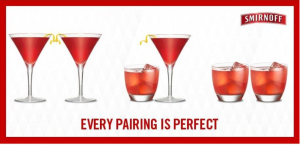
http://www.businessinsider.com/major-brands-that-support-gay-marriage-photos-2013-3?IR=T#smirnoffs-message-is-clear-every-pairing-is-perfect-note-how-the-straws-are-holding-hands-but-not-all-facebook-fans-loved-the-message-read-comments-below-6
http://www.towleroad.com/2014/11/neil-patrick-harris-and-david-burtka-star-in-london-fog-ads/
